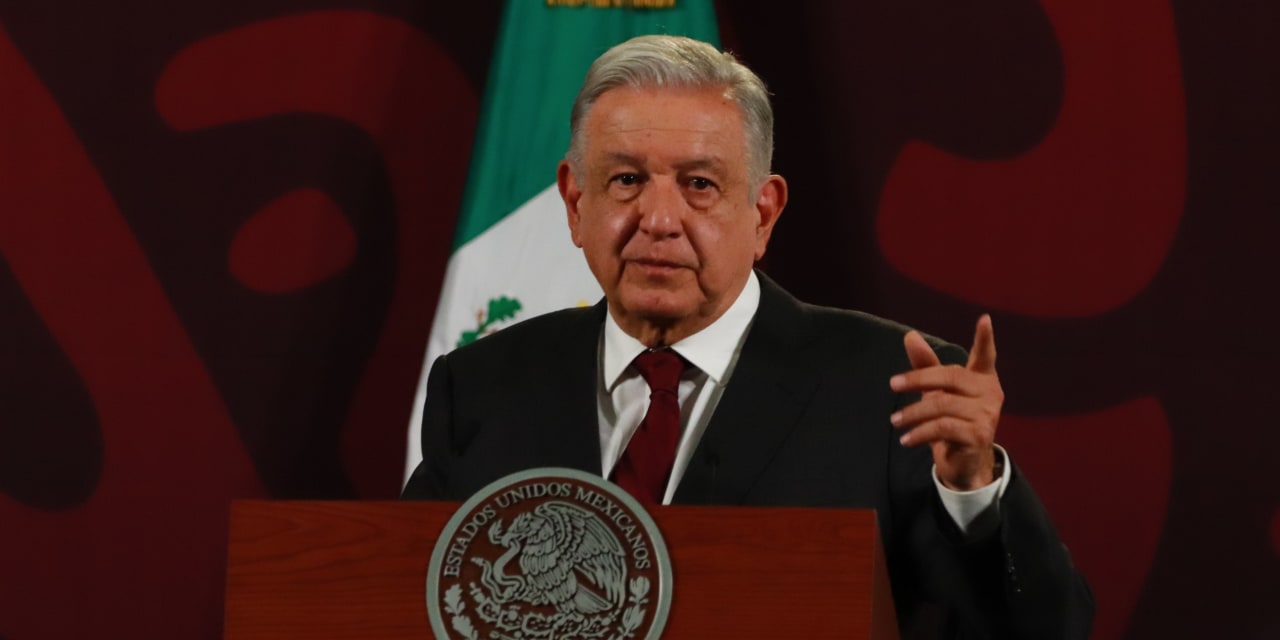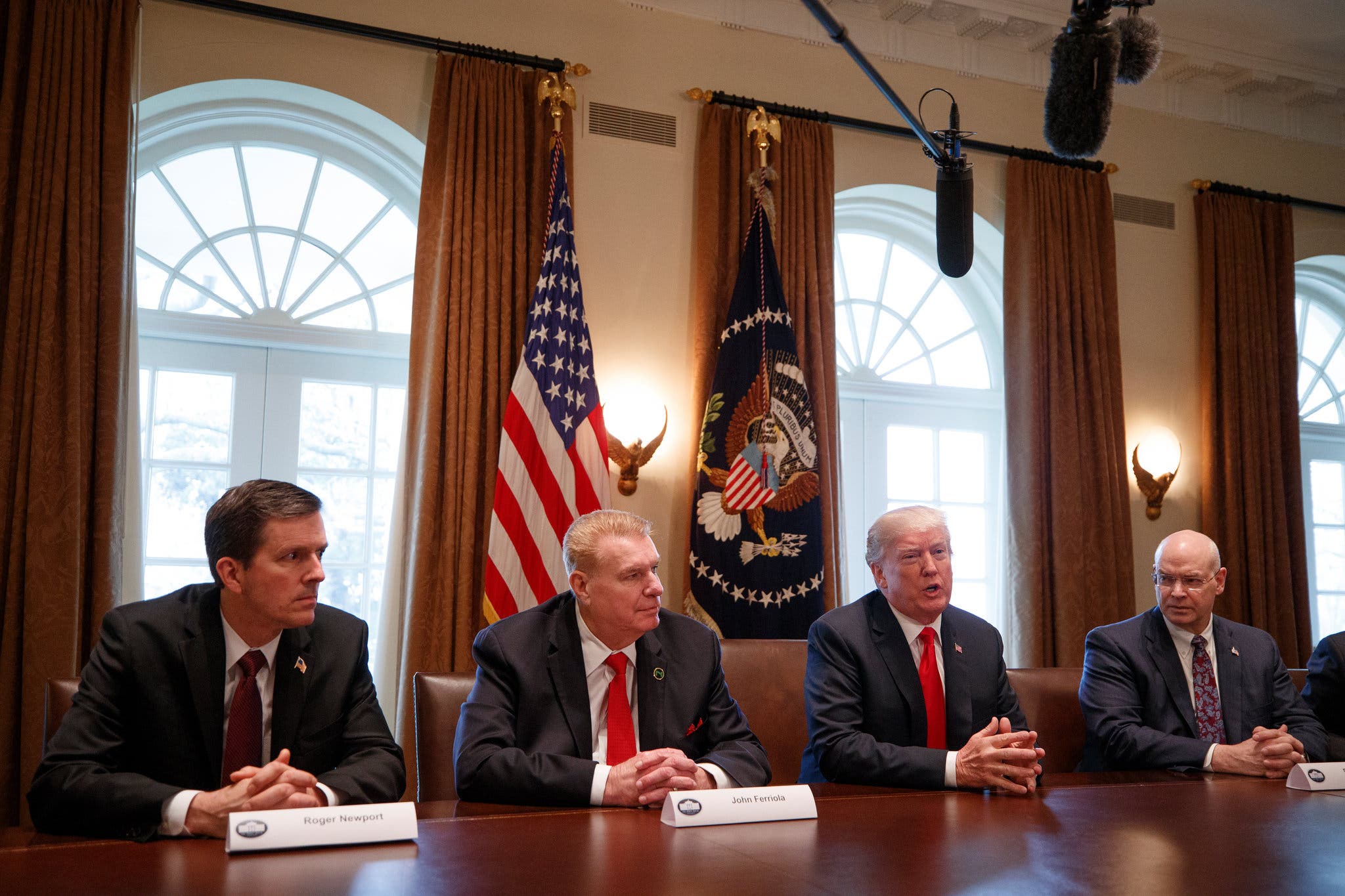Is A New Cold War Inevitable? Examining The Deterioration Of U.S.-China Relations

Table of Contents
Geopolitical Rivalry and the South China Sea
The South China Sea represents a major flashpoint in US-China relations, embodying the broader geopolitical rivalry between the two superpowers.
Competing Claims and Military Buildup
The dispute over territorial claims in the South China Sea is fueled by competing assertions of sovereignty over islands, reefs, and maritime resources. Both nations have significantly increased their military presence, leading to heightened tensions.
- Increased naval patrols and island fortifications: China's extensive island-building and military installations in the Spratly Islands, coupled with increased naval patrols by both the US and China, have created a volatile environment.
- Disputes over maritime boundaries and resource exploitation: Disagreements over Exclusive Economic Zones (EEZs) and the exploitation of fishing grounds and potential oil and gas reserves are central to the conflict.
- The role of international law and multilateral agreements: The international community, particularly through organizations like ASEAN, has attempted to mediate the dispute, emphasizing the importance of adhering to the United Nations Convention on the Law of the Sea (UNCLOS). However, China's disregard for international arbitration rulings has further strained relations.
Alliances and Geopolitical Influence
Both the US and China are actively building alliances and partnerships to counter each other's influence, creating a complex and potentially destabilizing global order.
- US alliances in the Pacific Rim (e.g., Japan, South Korea, Australia): The US has strengthened its alliances with key partners in the Indo-Pacific region to counter China's growing assertiveness. These alliances provide a crucial counterbalance to Chinese influence in the region.
- China's Belt and Road Initiative and its expanding influence in Africa and Eurasia: China's Belt and Road Initiative (BRI) is a significant geopolitical project that aims to expand China's economic and political influence across Eurasia and Africa. This initiative challenges the existing global order and US influence in many regions.
- The impact of these alliances on regional stability and the potential for miscalculation: The proliferation of alliances and counter-alliances increases the risk of miscalculation and accidental escalation, highlighting the need for careful diplomatic management.
Economic Competition and Trade Wars
The economic relationship between the US and China is characterized by intense competition and escalating trade disputes.
Trade Deficits and Protectionist Measures
The substantial US trade deficit with China has been a long-standing source of tension, fueling protectionist policies and retaliatory measures.
- Tariffs and trade restrictions imposed by both countries: Both the US and China have imposed tariffs and other trade restrictions on various goods, leading to trade wars that have disrupted global supply chains.
- Impact on global supply chains and consumer prices: These trade disputes have significantly impacted global supply chains, leading to increased costs for consumers and businesses worldwide.
- The role of intellectual property theft in exacerbating tensions: Allegations of intellectual property theft by Chinese companies have further inflamed tensions, contributing to the trade conflicts.
Technological Competition and Decoupling
The competition for technological dominance is driving a potential decoupling of the US and Chinese economies.
- Investment restrictions and technology transfer limitations: Both countries are implementing restrictions on investments and technology transfers to protect their national interests and maintain a technological edge.
- The implications for innovation and global economic growth: This decoupling could have significant implications for innovation and global economic growth, potentially hindering technological advancement and creating economic instability.
- The rise of domestic supply chains in both countries: Both the US and China are actively promoting the development of domestic supply chains to reduce their reliance on each other.
Ideological Differences and Human Rights
Fundamental differences in political systems and values contribute significantly to the strained relationship between the US and China.
Divergent Political Systems and Values
The contrasting political ideologies and values of the two nations, particularly regarding human rights and democracy, are a major source of friction.
- China's human rights record in Xinjiang, Tibet, and Hong Kong: China's human rights record in these regions is a significant point of contention with the US and other Western countries.
- The US's promotion of democracy and human rights globally: The US's commitment to promoting democracy and human rights globally often clashes with China's authoritarian model.
- The impact of these ideological differences on diplomatic relations: These differences make constructive dialogue and cooperation challenging.
Information Warfare and Propaganda
The spread of misinformation and propaganda from both sides exacerbates distrust and animosity.
- Cyberattacks and disinformation campaigns: Both countries engage in cyberattacks and disinformation campaigns to influence public opinion and undermine each other's credibility.
- The role of social media in shaping public opinion: Social media platforms have become battlegrounds for information warfare, with both sides using them to spread propaganda and manipulate public perception.
- The challenges of combating propaganda and promoting accurate information: Combating disinformation and promoting accurate information is a crucial challenge in navigating this complex geopolitical landscape.
Conclusion
The deterioration of US-China relations is a multifaceted issue driven by geopolitical competition, economic rivalry, and ideological differences. While a full-blown "new Cold War" might not be inevitable, the current trajectory suggests a prolonged period of intense competition and potential conflict. Addressing these challenges requires a nuanced approach, including diplomatic engagement, de-escalation of tensions, and finding areas of cooperation. Further research into the intricacies of US-China relations is crucial. Avoiding a new Cold War requires proactive diplomacy, strategic restraint, and a commitment to finding common ground. Continued monitoring of the evolving relationship between the US and China is paramount to understanding the potential for future conflict and navigating the complexities of this crucial geopolitical dynamic. Understanding the nuances of this relationship is key to preventing a new Cold War.

Featured Posts
-
 Chinas Economy And The Rising Risk Of Tariff Wars
Apr 22, 2025
Chinas Economy And The Rising Risk Of Tariff Wars
Apr 22, 2025 -
 The Economic Fallout How Trumps Trade Tactics Affected Us Financial Standing
Apr 22, 2025
The Economic Fallout How Trumps Trade Tactics Affected Us Financial Standing
Apr 22, 2025 -
 White House Cocaine Incident Secret Service Concludes Investigation
Apr 22, 2025
White House Cocaine Incident Secret Service Concludes Investigation
Apr 22, 2025 -
 Remembering Pope Francis Life Legacy And Death
Apr 22, 2025
Remembering Pope Francis Life Legacy And Death
Apr 22, 2025 -
 Analyzing The Long Term Effects Of Trumps Trade Policies On Us Finance
Apr 22, 2025
Analyzing The Long Term Effects Of Trumps Trade Policies On Us Finance
Apr 22, 2025
